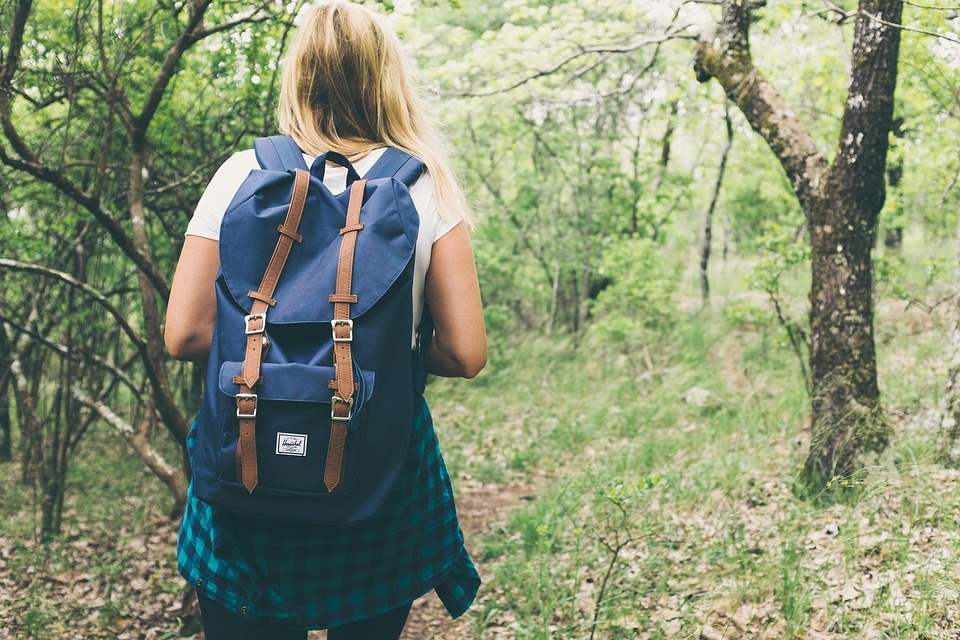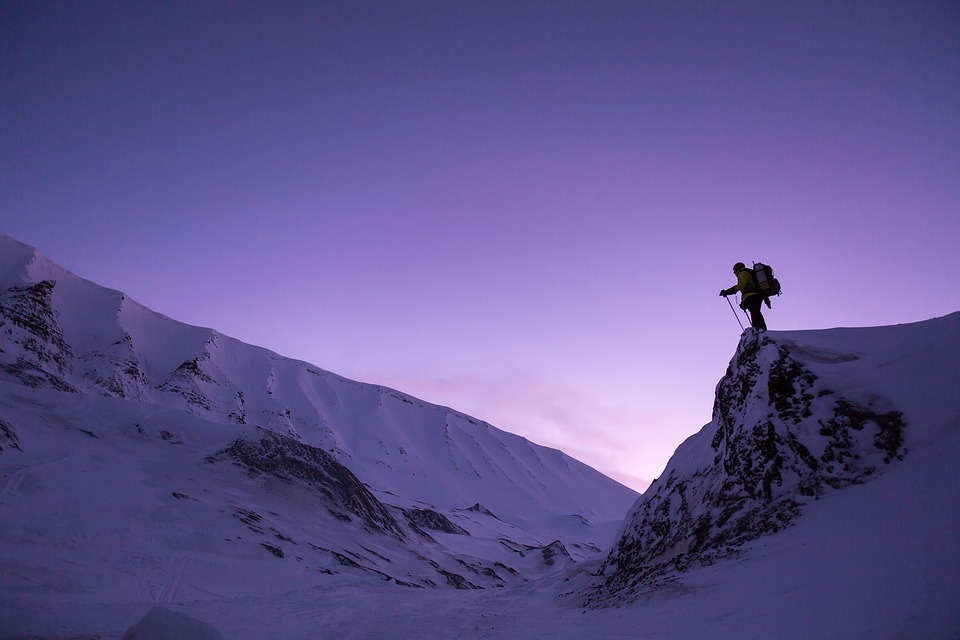Many people think that trekking and hiking mean the same thing, so these two are often used interchangeably. Although they are both walk in nature, still they differ in terms of difficulty and there are other important distinctions between them. Let’s find out more specific characteristics of the two.
WHAT IS HIKING?
Hiking is an outdoor walking activity on pre-charted paths called hiking trails, with the main purpose of enjoying beautiful vistas of the natural environment. Hikes can be done in half a day, or an entire day or at night, with or without the help of a guide. The terrain for hiking varies from relatively flat to steep, but it is much easier than trekking or mountaineering trails.
It would be best to check the trail map before you start hiking because there are trails with different start and endpoints. Although most hiking tours typically finish in the same place that you started-either from hiking a loop or returning the same way.
Different Terminologies
Hiking has many names worldwide. It is commonly known as hiking in the US, but in New Zealand, it is called tramping, and in Australia, people call it bush-walking. Bushwhacking specifically refers to hiking through a dense forest where vegetation needs to be whacked (this is where the name came from) or slashed. Hiking through a long end-to-end trail like the Appalachian Trail is called thru-hiking (hiking a trail completely in sequence in its entirety).
Difficulty
Hiking usually ranges between 2 to 8 hours, or for physically fit and hiking-hobbyist, they can last for over a day. It is usually done on mountains or along a coastline. The determinant of the difficulty of the hike is the length of the trail and its elevation. The general guideline is that you can hike 400 meters of elevation gain in an hour regardless of the slope’s steepness and the terrain’s difficulty.
Compared to mountaineering or trekking, you only need minimal equipment and essentials as you head to your destination.
WHAT IS TREKKING?
Trekking is more challenging and more demanding than hiking as it usually entails a longer journey in areas where most of the time have no means of transport available. Trekking involves walking, usually on uncharted paths for several days, under challenging environments that are hilly or mountainous. But it’s not necessarily mountaineering.
Trekking usually takes two or more days; trekkers, looking for camping areas during the night and bringing all essential stuff like food, water, and camping equipment for the journey. An example of this is the Trilogy, in Guatemala, which is made up of three volcanoes. There are also trekking locations that offer lodging, coffee, and food along the way.
Trekking trails usually have different starting and ending points, and the distance can vary anywhere from ~40 kilometers to several hundred kilometers away. Some of the world’s most famous treks can take a couple of weeks to complete and is only suited for intermediate to expert trekkers.
Tips for Beginner Hikers or trekkers
Hiking is fun to think of, mostly if it’s done with friends and families. The adventure is priceless when you see magnificent vistas, wildlife and breathe cool fresh air.
Start with shorter and easier trail
If you’re new to hiking or trekking, or it’s your first time, start with shorter, flatter trails and work your way up from there. A few days before hiking or trekking, you can physically prepare by jogging or walking a few kilometers. The first few hikes may seem difficult if you’ve never hiked before. But stick with it. It gets easier.
Check the weather
Do not underestimate any trail, and don’t forget to check the weather forecast before your trek or hike to give you valuable information on how to dress and pack. If the weather becomes awful on the day of your trek or hike, you might change plans instead of getting surprised on the trail.
Tell someone where you will be
It is important that you also let someone, either the closest friend or a family member, know your itinerary and where you will be trekking, so they know what time to worry and call for help. Note that “worry time” may be several hours later than your planned hike completion to allow for slow hiking, amazing views, or perhaps a sore ankle causing a delay.
Bring Ten Essential Systems
Navigation (map & compass)
First-aid supplies
Insulation (extra clothing, especially during winter months)
Sun protection (sunglasses & sunscreen)
Illumination (headlamp/flashlight)
Fire (waterproof matches/lighter/candle)
Repair kit and tools
Nutrition (extra food)
Hydration (extra water)
Emergency shelter (tent/plastic tube tent/garbage bag)


